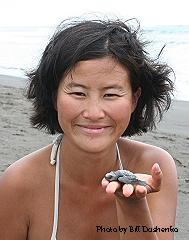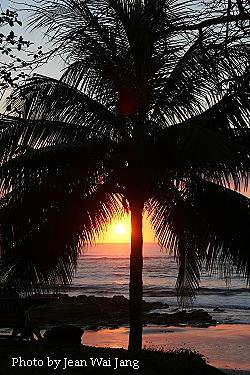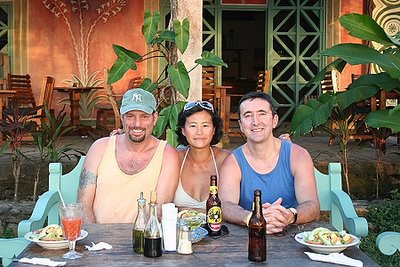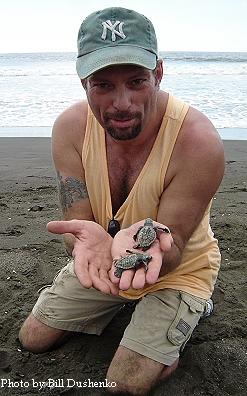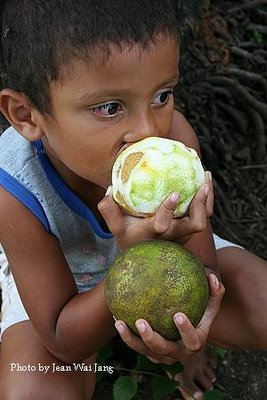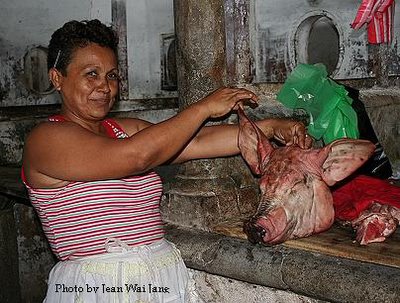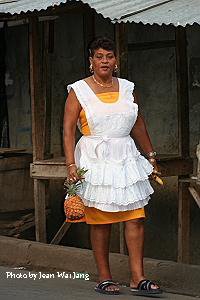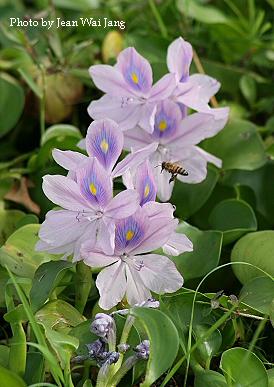Olive ridley sea turtles (Lepidochelys olivacea), Ostional Costa Rica

Las estrellas, la luna.
A little song I sang with Abraan while working on Playa Ostional.
¡Pura Vida!
Olive ridley sea turtles (Lepidochelys olivacea), Ostional, Costa Rica
This project was funded by Royal Roads University and recognized as the 1st President's Global Externship Field Studies Award.
© This website has a copyright. Any information or photographs used from this website requires permission from JeanJang@shaw.ca
